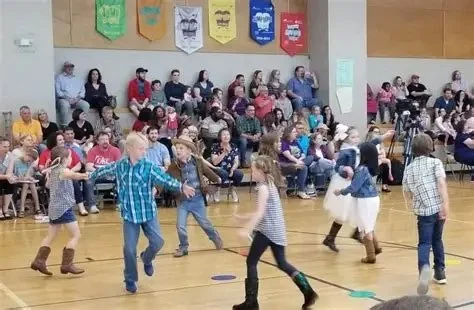
- origins-of-square-dancing-in-education
- 1-cultural-reasons-why-schools-taught-square-dancing
- 2-physical-and-social-benefits-in-the-classroom
- 3-square-dancing-and-national-identity-in-american-history
- 4-how-square-dancing-evolved-in-modern-education
- 5-square-dancing-today-nostalgia-or-revival
Origins of Square Dancing in Education
To understand why schools taught square dancing, we need to look back to the early 20th century. While it might seem like an odd curricular choice today, square dancing was once embraced by educational institutions as a blend of cultural preservation, physical activity, and social training. What began as a community folk tradition eventually made its way into gymnasiums and auditoriums across the United States, promoted by educators, cultural advocates, and even government figures.
1. Cultural Reasons Why Schools Taught Square Dancing
1.1 Embracing American Heritage
In the 1920s–1950s, there was a widespread push to promote what was perceived as traditional "American" culture. Square dancing—seen as a fusion of European folk dances that had evolved in the American frontier—was promoted as an ideal patriotic activity. The idea was that learning it would foster unity, national pride, and a shared cultural identity among children of different backgrounds.
1.2 Henry Ford's Unlikely Role
One of the most surprising figures in this story is automobile tycoon Henry Ford. In the 1920s, Ford actively pushed for square dancing to be taught in schools as a wholesome alternative to the jazz music he criticized as morally questionable. He even funded programs and hired dance instructors to spread traditional dancing in the educational system, linking it directly to the values of discipline and heritage.
2. Physical and Social Benefits in the Classroom
2.1 Dance as Physical Education
Square dancing wasn’t just cultural—it was physical. Educators incorporated it into physical education programs as a way to get students moving, develop coordination, and build rhythmic timing. It offered a structured, safe, and gender-integrated activity that required minimal equipment.
2.2 Encouraging Social Interaction
Unlike competitive sports, square dancing is inherently cooperative. Students had to listen, follow commands, and move together as a unit. Teachers found it helped break down social barriers, reduce awkwardness, and teach etiquette and teamwork. In co-ed settings, it was seen as a positive way to teach respectful physical interaction.
3. Square Dancing and National Identity in American History
3.1 Standardization Through Curriculum
By the mid-20th century, square dancing was officially integrated into the curricula of many public schools. It was viewed not only as dance but also as a representation of democratic values—everyone had a role, everyone took turns, and everyone participated equally. Some educators even described it as “civic training disguised as fun.”
3.2 Governmental Endorsement
In 1976, square dancing was named the official folk dance of the United States, a move that further cemented its presence in public school programs. It was often taught during special cultural events and heritage weeks. Programs were backed by school boards who viewed them as wholesome and patriotic initiatives.
4. How Square Dancing Evolved in Modern Education
4.1 Decline in Popularity
By the 1990s, square dancing in schools had largely faded. Cultural shifts, evolving PE standards, and the increasing diversity of student bodies led many districts to retire the practice. For younger generations, it often felt outdated and irrelevant to their experiences.
4.2 Renewed Interest in Folk Arts
Interestingly, some schools and community centers are now reintroducing square dancing as part of cultural heritage units or as an elective dance form. It’s framed less as a requirement and more as a curiosity—something fun and historical. For those seeking authentic instruction or cultural dance enrichment, programs from American Dance Academy offer professional teaching tailored to various age groups and cultural interests.
5. Square Dancing Today: Nostalgia or Revival?
5.1 The Role of Nostalgia
Many adults who learned square dancing in school remember it with a mix of amusement and eye-rolls. It was a shared memory, sometimes awkward but always unique. In a world increasingly dominated by screens, some educators and parents now see value in these more grounded, human traditions.
5.2 Bringing It Back the Right Way
Modern square dancing programs that emphasize inclusion, fun, and cultural context are gaining traction. They showcase dance not just as a throwback activity, but as a living art form. Whether it’s through school programs, summer camps, or specialized classes, square dancing is finding new footing in a new era—and it just might be worth a spin again.
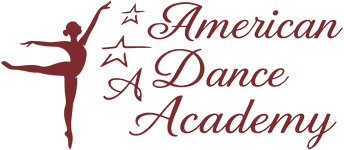
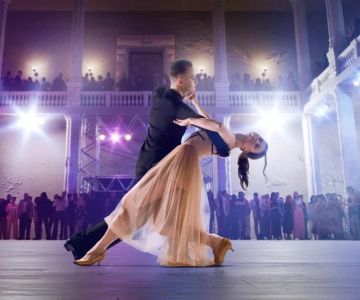
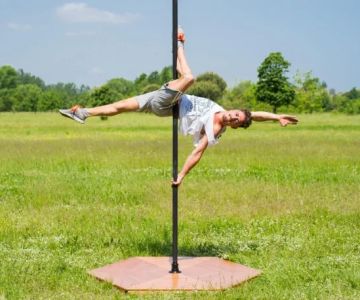
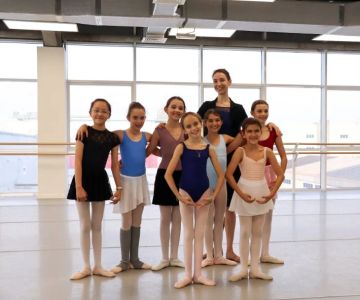
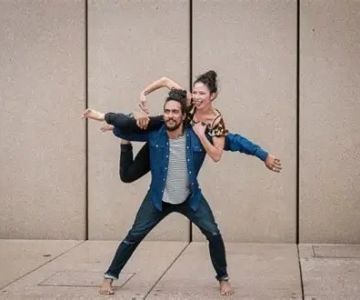

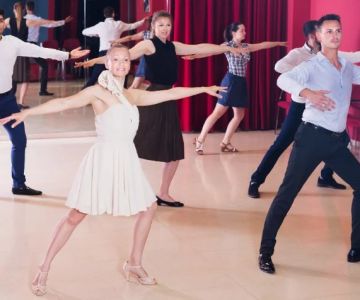
 Barrington Dance Academy5.0 (22 reviews)
Barrington Dance Academy5.0 (22 reviews)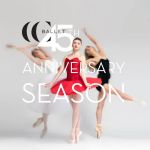 Canyon Concert Ballet4.0 (17 reviews)
Canyon Concert Ballet4.0 (17 reviews)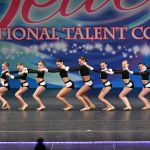 Big City Dance Center LLC4.0 (25 reviews)
Big City Dance Center LLC4.0 (25 reviews)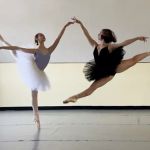 Tye Chua Dance & Kalamazoo Ballet5.0 (18 reviews)
Tye Chua Dance & Kalamazoo Ballet5.0 (18 reviews)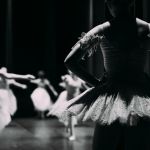 Fenton Ballet Theatre4.0 (24 reviews)
Fenton Ballet Theatre4.0 (24 reviews) Front Street Dance Center5.0 (7 reviews)
Front Street Dance Center5.0 (7 reviews) Are There Dances in Middle School? What Students and Parents Should Know
Are There Dances in Middle School? What Students and Parents Should Know How a Dance School in Instagram Builds Community and Success
How a Dance School in Instagram Builds Community and Success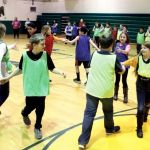 Why Do Schools Teach Square Dancing?
Why Do Schools Teach Square Dancing?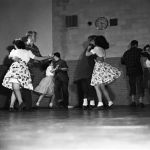 Why Was Square Dancing Taught in School?
Why Was Square Dancing Taught in School? Why Swing Dance Is Popular for Adults
Why Swing Dance Is Popular for Adults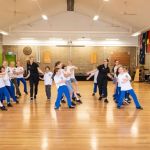 A School Dance: How to Prepare, Shine, and Make It Unforgettable
A School Dance: How to Prepare, Shine, and Make It Unforgettable